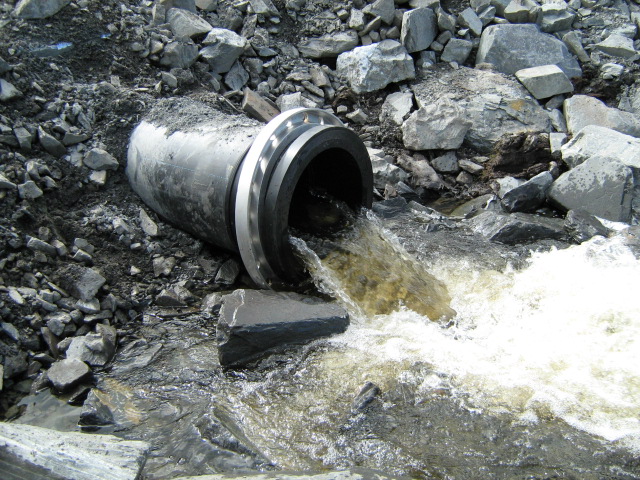
Voters in Petersburg this fall may decide on whether the borough should continue with repairs and replacements for the local water and sewer systems. State loans for up to eight million dollars would be repaid by utility customers and could lead to another increase in rates.
The borough has a list of five projects in the sewer department and three projects in the water department that would be paid for with loans from the Alaska Department of Environmental Conservation. That would be repaid with one and a half percent interest.
Utility director Karl Hagerman explained the projects were intended to prevent future failures of sewer pump stations and water lines.
“I’m recommending that we do move forward,” Hagerman said. “We can’t be taking a risk with some of these projects failing. To try and repair a mainline pump station on the fly, it’s going to be very, very expensive. We’ll have spills to answer to, the EPA (Environmental Protection Agency) and DEC (Alaska Department of Environmental Conservation), people will be out of service, which has never happened in Petersburg to be out of waste water service. You can’t tell people to stop using water and flushing toilets, it won’t happen. Anyway I’m recommending the ordinance be approved and the public support it as well.”
Just over half of the money, estimated at four point one million dollars, would pay for replacement of a corroded water main on Sandy Beach Road. That pipe suffered a leak last year near Sandy Beach Park that proved difficult to repair.
“It’s a very deep line,” Hagerman explained. “The pipe is ductile iron but it’s corroded. We don’t know the full extent of that corrosion. So this plan anticipates the replacement of the entire run from Hungry Point essentially to Sandy Beach Park. We’ll be doing some investigation, digging on the pipe here and there to try and narrow it down to see if we have to replace the whole length or not. But this plan does anticipate that all that pipe will have to be replaced.”
Another one million dollars would pay for replacement of a supply tank used to backwash filters at the water treatment plant. And 300,000 dollars would replace a cement water main across Hammer Slough. Projects in the waste water department include replacement of multiple pump stations, one on main street, one at Hungry point, one south of the ferry terminal. The borough also wants to upgrade a sewer monitoring system and improve some smaller sewer pump stations on Lumber Street.
The assembly was supportive of the question going on the ballot, noting that separate projects would all come back before the assembly for approval.
“Yeah I’m going to be voting for this,” said Jeff Meucci. “I kind of view this as maintaining our infrastructure.”
The work could mean another increase in rates. The utilities are planning to commission a rate study to determine if more money is needed to repay the loans. That’s coming on the heels of seven years of annual rate increases.
Water and garbage rates went up two percent a year each year from 2012 through 2018. That’s nearly a 15 percent increase over that time. Sewer rates went up four and a half percent a year during that time. That’s an increase of 36 percent. Electrical rates were also increased four percent in 2014 and 15.
Hagerman told the assembly those water and sewer rate hikes were to pay for a total of 12.8 million dollars for other work, although the borough has not done all in its last capital improvement plan.
The vote was 4-0 in first reading to put the sewer and water loan money on the October ballot. It could be the only question for voters to decide this year. In order to make the ballot, the ordinance needs two more approvals by the assembly in August and that will depend on having enough assembly members to hold those meetings.











